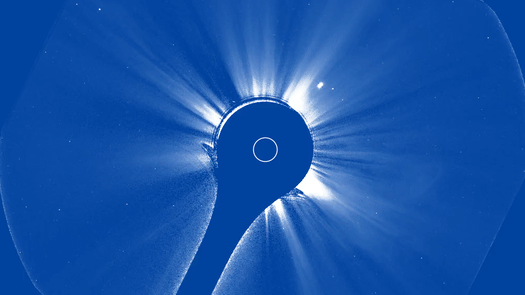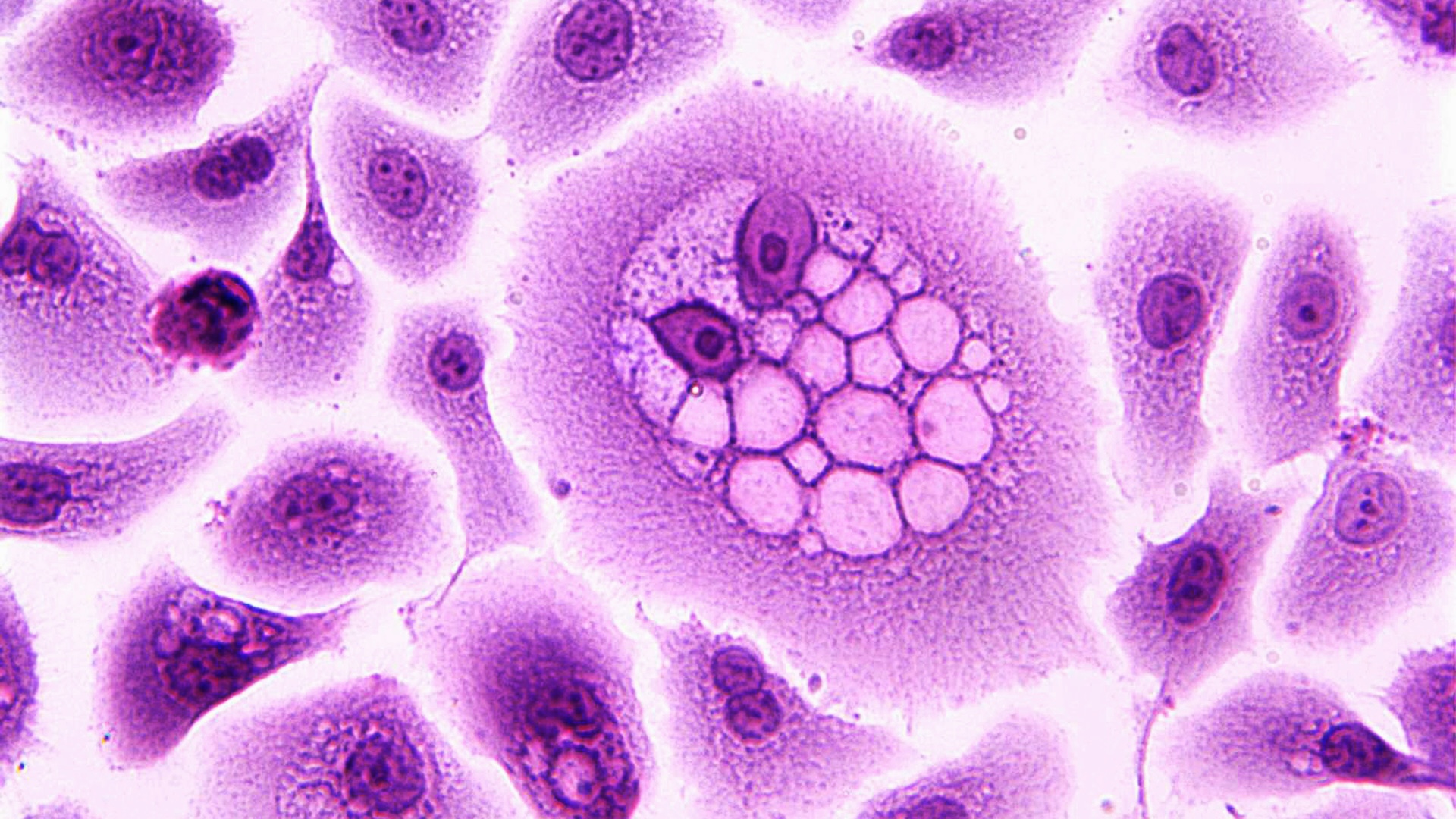Agriculture, Vol. 14, Pages 1969: Application of a Multi-Spectral UAV Imagery in Germplasm Characterization: Prediction of Forage Biomass and Growth Patterns of Cicer Milkvetch (Astragalus cicer L.) Populations
Agriculture doi: 10.3390/agriculture14111969
Authors: David MacTaggart Steve Shirtliffe Aaron Beattie Herbert A. Lardner Bill Biligetu
Unmanned aerial vehicles (UAV)-based multi-spectral imaging could reduce the intensive labour required in phenotyping germplasm in crop breeding. The objectives of this study were to examine if UAV-based imaging could differentiate cicer milkvetch (Astragalus cicer L.) germplasm and identify UAV-based vegetation indices with correlations to its dry matter yield (DMY). A spaced nursery from 27 cicer milkvetch populations was established near Saskatoon, SK, Canada, in 2019. From 1 June to 15 October in 2020 and 2021, phenotypic traits including maximum stem length, leaf number per stem, rhizome spread rate, and stem density, along with two UAV-measured traits, green area and canopy volume, were measured bi-weekly. Forage DMY was determined in late June and mid-October of each year. In this study, normalized difference vegetation index (NDVI) green area and NDVI canopy volume data differentiated the three selected populations. NDVI green area had the highest correlation with forage DMY among the traits (June harvest: r = 0.91, October harvest: r = 0.77). Among measured phenotypic traits, maximum stem length had the highest correlation with forage DMY (June harvest: r = 0.74, October harvest: r = 0.83), which was significantly correlated to NDVI green area. The results indicated potential use of UAV-phenotyping in single plant evaluation in plant breeding.

 11 hours ago
18
11 hours ago
18


